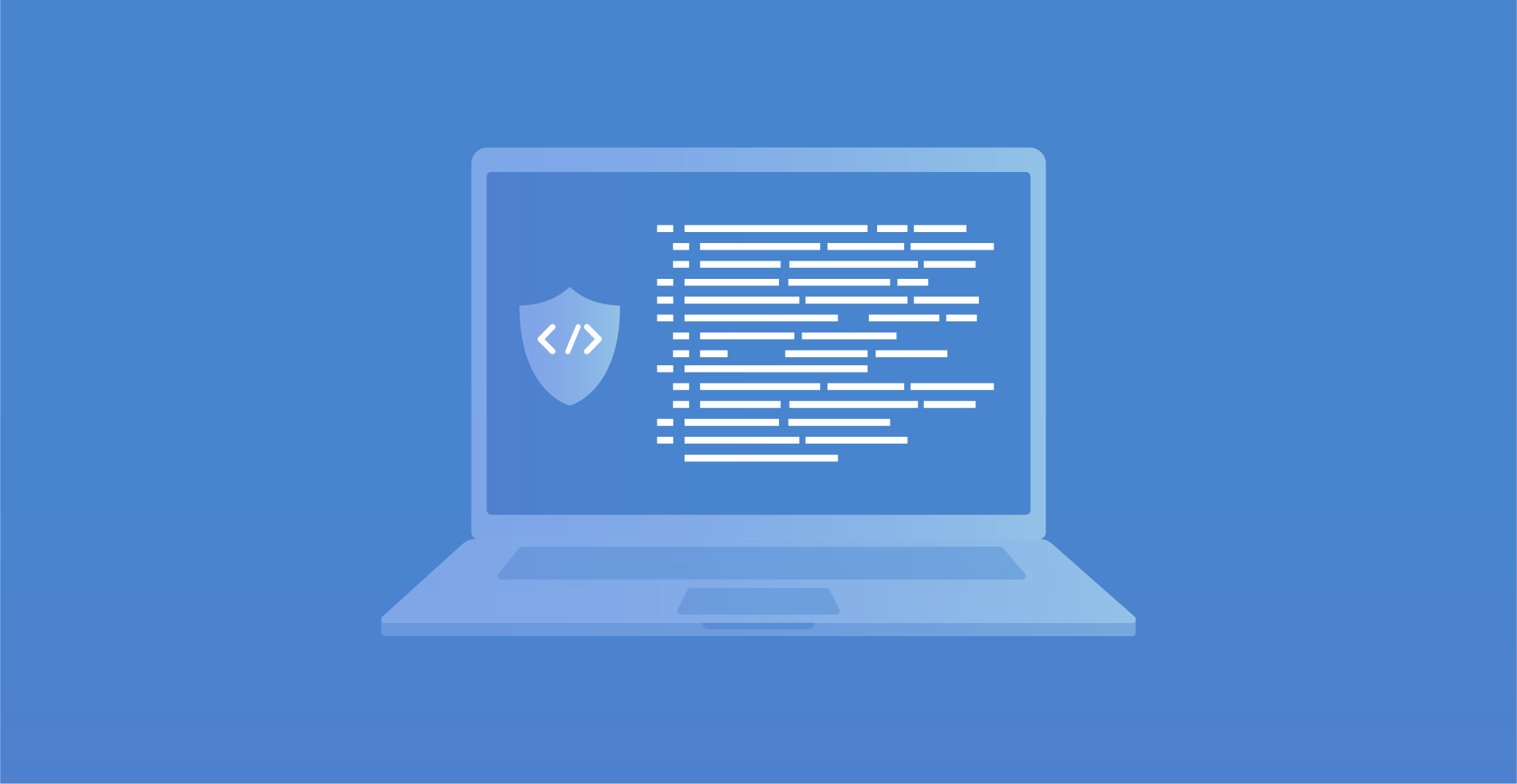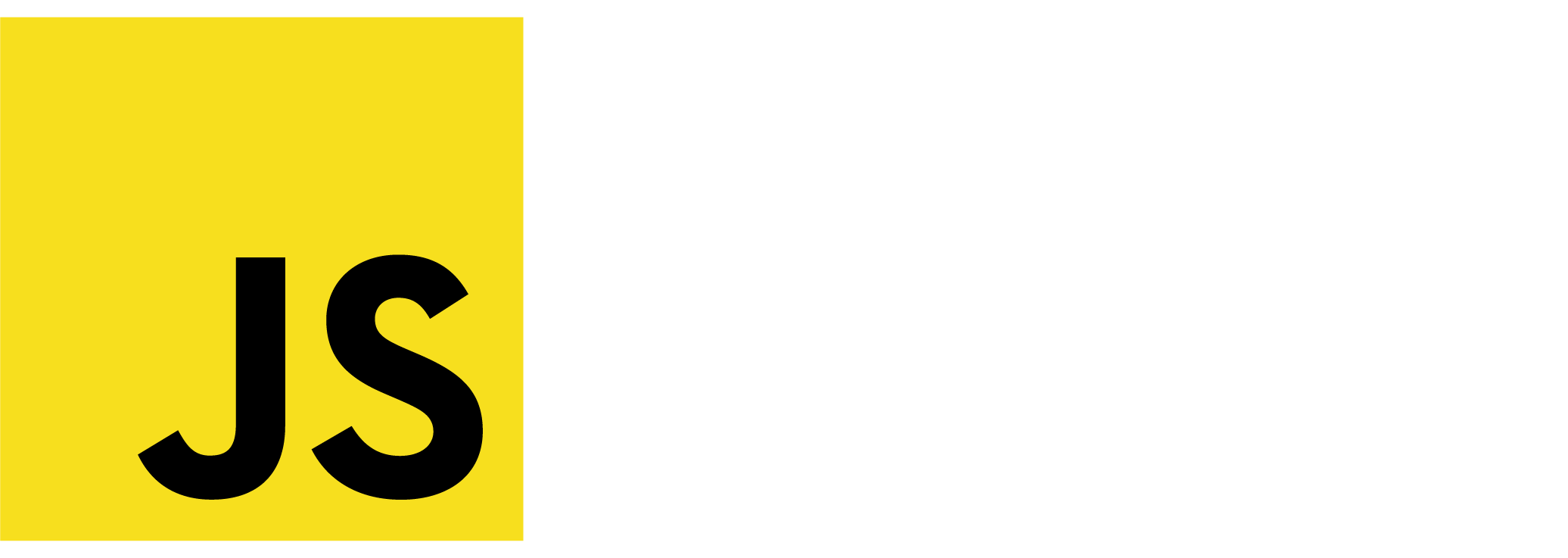Which is the most secure programming language?

This question is indeed controversial, sparking a heated debate in all camps. Regardless of who is right, according to an IBM report from last year, the average data breach is set to cost more than $4.35 million.
That is why, now, more than ever, programmers must be aware of the risks associated with various programming languages and take precautions to protect their code from vulnerabilities. The good news is that known best practices can assist programmers in safeguarding their code against data leaks and attacks.
Continue reading to learn more about programming language vulnerabilities and how to future-proof your code.
Python

Python is a programming language that is widely used because of its user-friendliness and legibility. On the other hand, it’s also one of the most vulnerable languages due to its popularity and the number of libraries available. According to the results of a recent study, more than 46 percent of all Python code contains at least one security issue.
The following are some of the most significant Python risk factors:
Vulnerable libraries
One of the most serious risks associated with Python lies in its libraries. When a new library is released, it may contain flaws that can be exploited by attackers.
Dependencies
Python code frequently relies on third-party components, which can introduce additional risks. A security breach could occur if one of these dependencies is compromised.
Best practices for Python include:
The use of a virtual environment
A virtual environment is a separate development environment that can help to reduce the risk of dependency issues. Install all dependencies in the virtual environment rather than in a global one when using a virtual environment.
Perform software composition analysis (SCA)
The process of identifying and analyzing dependencies in code is known as SCA. Performing SCA, for example, with Kiuwan allows you to identify and mitigate code security risks quickly.
PHP

Because of its ease of use and wide range of available libraries, PHP can be an excellent choice for web development. As a result of its popularity and the number of web applications built with it, it is extremely vulnerable.
The following are some of the most significant PHP risk factors:
SQL injection
SQL injection is one of the most common attacks against PHP applications. By injecting malicious code into a SQL query, attackers can execute malicious code.
Remote code execution
Remote code execution is another common attack against PHP applications. This attack enables attackers to run code on the server, potentially compromising the entire system.
Best practices for PHP include:
Validating user input
It is critical to validate all user input to ensure no malicious code is present. This will assist in preventing SQL injection and remote code execution attacks.
Use prepared statements
By separating data from code, prepared statements can help protect against SQL injection attacks. Even if an attacker is able to inject malicious code, it will not be executed.
Java

Java has long been a popular choice for corporate development because of its platform neutrality with a vast range of accessible libraries. Regardless, Java is susceptible because of the enormous amount of legacy applications.
The following are some of the most significant Java risk factors:
Outdated versions
Many Java applications are built on out-of-date platform versions. As newer versions frequently include security fixes for known vulnerabilities, this can leave them open to attack.
Insecure libraries
There are certain additional dangers while using Java applications because they frequently use third-party libraries. A security breach may occur if any of these libraries are hacked.
Best practices for Java include:
Use a dependency manager
The utilization of third-party libraries can be made safer with the assistance of a dependency manager.
Utilize strong encryption techniques
For any sensitive data being kept or sent, strong encryption should be employed. This will assist in preventing attackers from gaining access to this data, even if they are able to hack the system.
Ruby on Rails

Ruby on Rails is a well-known web development framework that is lauded for how simple it is to implement. Unfortunately, Ruby on Rails is insecure by default and contains harmful functionalities, making it susceptible to attack.
The following are some of the most significant Ruby on Rails risk factors:
Dangerous functions
Some Ruby on Rails functions, such as "eval" and "exec," might be harmful if used incorrectly. If these functions are not appropriately protected, an attacker might use them to execute malicious code on the server.
Unsecured defaults
Many Ruby on Rails settings are insecure, such as the "secret key base" and "session cookie store." If they are not properly set, they may result in data security breaches.
Best practices for Ruby on Rails include:
Disabling dangerous functions
It’s essential to turn off any potentially hazardous features that are not required. Because of this, attackers won't be able to utilize them to carry out the actions required to execute malicious code.
Utilize security best practices
When setting up Ruby on Rails, it is essential to adhere to all of the recommended security best practices. This includes the use of strong passwords and encryption for any data that may be considered sensitive.
C

C was deemed to be the most vulnerable programming language in a recent report. This was owing to the number of significant vulnerabilities that are frequently detected in programs that are based on C.
The following are some of the most significant C risk factors:
Memory corruption
Memory corruptions are possible in C, which opens the door for malicious code to be run on the system and allows hackers to get access.
Buffer overflows
Buffer overflows are a sort of software security issue that is widespread in C. They arise when more data than a buffer can handle is pushed to it, letting attackers overwrite other sections of memory and execute code.
Best practices for C include:
Static application security testing (SAST)
SAST can assist in identifying security flaws in C-based applications. It may provide thorough testing and be integrated into the software development life cycle.
Use a security-focused coding standard
Several coding standards focus on security, such as the CERT C Secure Coding Standard. Adherence to these standards can assist to decrease the risk of vulnerabilities in C-based programs.
JavaScript

JavaScript, like practically every other programming language, has a range of security flaws. Exploiting JavaScript’s vulnerabilities allows you to change data, redirect sessions, modify and steal data, in addition to a variety of other things. While JavaScript is often considered a client-side program, security flaws with JavaScript can cause difficulties in server-side contexts as well.
The following are some of the most significant JavaScript risk factors:
Source Code Vulnerabilities
Source code flaws are frequently paired with other JavaScript security issues, even side by side. The increasing usage of publicly accessible packages and libraries is another source of source code security flaws. Furthermore, developers frequently install packages for even the most basic of operations, therefore increasing project dependencies. Of course, this can lead to security issues and other far-reaching implications.
Session data theft
Client-side browser scripts may be quite powerful since they have access to all of the material sent to the browser by a web application. This includes cookies that may include sensitive data, such as user session IDs. In reality, a popular XSS attack technique is to provide the attacker with the user's session ID tokens so that the attacker may hijack the session.
Best practices for JavaScript include:
Quality auditing through tools
While monitoring and resolving all potential application dependency vulnerabilities can be time-consuming and challenging, auditing tools can assist in automating and therefore speeding up the process.
Set secure cookies
Set your cookies to "secure," which restricts the usage of your application's cookies to just secure web sites, to guarantee that SSL/HTTPS is in use.
Conclusion
Even though weaknesses in security are frequently shared across many computer languages, certain languages are more susceptible to attacks than others. If they are not set up or utilized appropriately, any one of the top five programming languages is left open to the possibility of being attacked. As a result, it is essential to follow the best practices for each language in order to assist in lowering the hazards.

